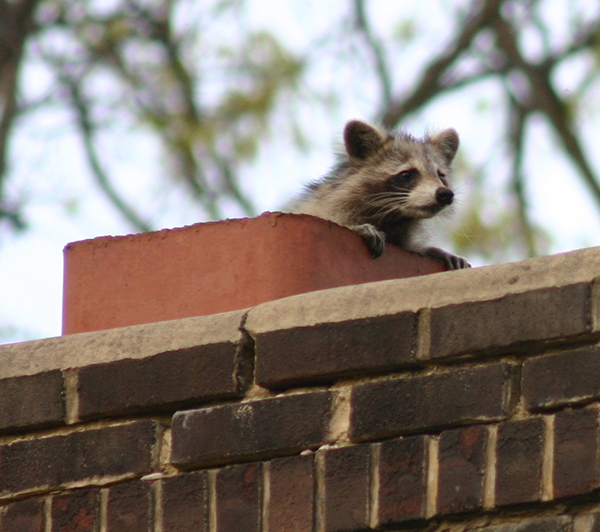Have you found signs of animals living in your attic? It’s one of the top places for wildlife to enter your home. It offers a lot of shelter, is high up out of the reach of other predators, and is a great place to nest and breed. If you find that something is nesting up there, here’s how to find them, remove them, and stop them from getting in again.
How to Tell There’s Animals in Your Attic
First, you’ll need to see if anything has found its way into your attic. There are a few tell-tale signs that something has taken up residence. These include:
- Disturbed insulation: Many animals will rip up insulation as it makes excellent nesting material for them. Squirrels and raccoons are some of the worst offenders for this.
- Paper, leaves, and twigs: Squirrels, rodents, and birds are all going to make nests of these materials. If you see them in your attic, that’s a sign they’ve taken up residence.
- Damage to HVAC ducts: Raccoons can often damage ducts as they gain entry to your home. Keep this in mind if you’re having any trouble with your HVAC.
- Sounds: You’ll usually hear the animals in your attic. The sounds they make is a clue as to what’s up there. Gnawing or squeaking is a sign of rats, for example, while purring, whimpering, hissing, and screaming is indicative of raccoons.
- Urine or droppings.
How Wildlife Get into Your Attic
Now you know what’s in your attic, you need to work out how they got in there. There are several ways they may be making entry into your home:
- Broken windows: If a window in your attic is broken, it’s a prime entry point for animals. Pigeons and other birds will find it very easy to fly in and out this way.
- Loose or broken shingles: The shingles on your roof are the protection your home needs against the weather. They’re also there to keep animals out. If a storm has loosened or broken the shingles, raccoons find it easy to get in through this spot.
- Gaps in your roofing: There can be many small gaps in the roof that are allowing animals inside. These can be in the soffits, roof vents, and eave gaps. They can be quite small, but large enough to let many small animals inside.
How to Remove Wildlife and Deter Them
You’ve located where the animals are coming in, so now you need to ensure that they are removed and kept away. The way you remove animals will depend on what’s living in the attic. For example, some animals, like possums, should be trapped and released elsewhere.
For other animals, a one-way exclusion door will work. Use the door in the main entry point. Animals like raccoons or squirrels will be able to get out, but they won’t be able to get back in. It works well most of the time, but if there are babies in the attic, don’t use one until they are mobile. This is a helpful source for removing animals from your attic.
Once the animals have been removed it is imperative to restore your attic, repair any damage, and block off any potential future entry points. For this job, it is best to hire a professional company like Active Wildlife Removal.
If you have broken or missing shingles, repair them as soon as the animals have been removed. Closing up those holes will stop them from getting back in. If the animals were getting in through small gaps, it’s best to seal them off with steel mesh. It will close the gap, and the mesh will ensure that animals can’t chew their way back through them.
If the entry point was a broken window, then that window will need to be repaired as soon as possible. Once it is repaired, animals shouldn’t be able to get back through it.
It’s a good idea to do regular inspections of your roof. If you do, you’ll be able to spot potential entryways sooner rather than later. If they’re repaired quickly, you’ll be able to stop animals getting in in the first place.
The attic is a prime spot for wildlife, but you don’t have to put up with it. Use this guide to spot the signs of nesting, remove the animals, and close up all available entry points. With regular inspection and upkeep, your attic shouldn’t be a home for any more animals in your area.



